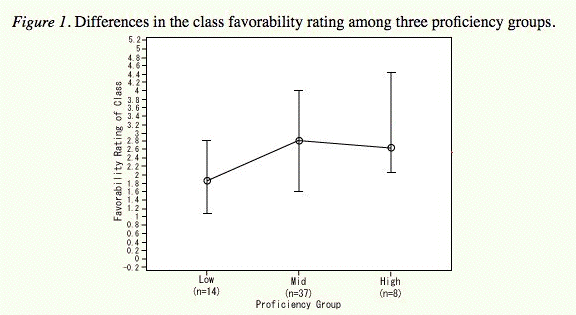Shiken: JALT Testing & Evaluation SIG Newsletter
Vol. 12 No. 1. Jan. 2008. (p. 19, 20) [ISSN 1881-5537]
| This column mentions a range of questions about testing, statistics, and assessment in quiz format to help readers become more familiar with some concepts in this evolving field and consider current testing practices. Suggested answers for the items below are online at http://jalt.org/test/SSA4.htm. |
INSTRUCTIONS (translated from Japanese): Read the sentence below, then select |

[ p. 19 ]
Source: Hamada, Y., Oda, S., Kito. K. (2007). Correlations between Japanese high school students' language learning beliefs, self-reported attitudes towards group dynamics, and performance in two in-house EFL tests. In T. Newfields, I. Gledall, P. Wanner, & M. Kawate-Mierzejewska. (Eds.) Second Language Acquisition - Theory and Pedagogy: Proceedings of the 6th Annual JALT Pan-SIG Conference. May. 12 - 13, 2007. Sendai, Japan: Tohoku Bunka Gakuen University. (pp. 42 - 55) Retrieved January 15, 2008 http://jalt.org/pansig/2007/HTML/HOK.htm
[ p. 20 ]